"Profit" may be the only word needed to describe the importance of variety selection. Profit potential depends partly on selecting varieties suited to the farming operation.
How to Select the Right Variety
Varietal selection is one of the critical decisions that the commercial grower must make each season. Variety selection is a dynamic process (Figures 1 and 2). Some varieties may retain favor for many years while others might be supplanted by newer cultivars after a few seasons. However, varieties need to be well adapted to different growing seasons and conditions, have consistent and desirable horticultural characteristics, have typical or unusual types and/or colors, and ideally be resistant to the main diseases and viral infections in the area.
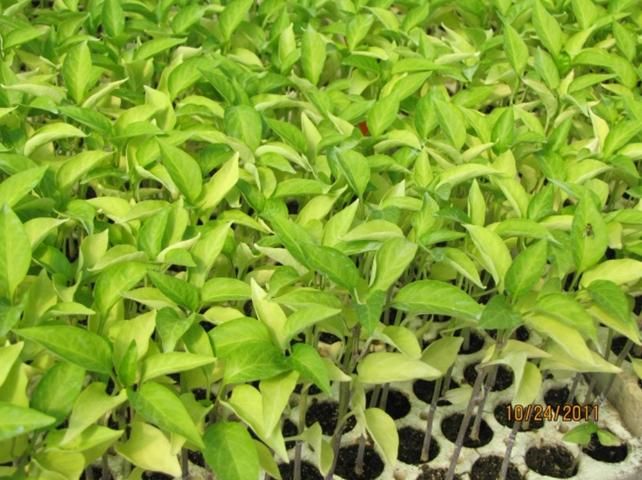
Credit: Gene McAvoy
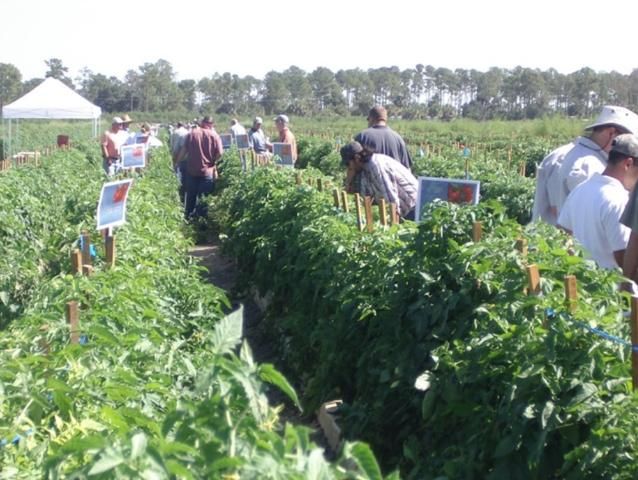
Credit: Monica Ozores-Hampton
UF/IFAS Extension publications and commercial seed catalogs provide information on varieties adapted to local conditions.
- Study and use reliable results from local performance tests, including on-farm trials, other grower's experience, vegetable and seed trade literature, and university studies.
- Discuss results of university and seed trade variety trials with the people who did them. Knowing more about the evaluation will make you better able to use the results to your advantage.
- Research the market to clarify what is valued and accepted. Growers should know their target market and be prepared to grow what the market dictates. Keep in mind that most markets tend to see yield as the grower's concern and quality as theirs.
On-farm trials will help identify varieties that may be potential candidates for production.
Following the maxim "If it ain't broke, don't fix it" growers sometimes identify and stick with favorite varieties. This approach is understandable, but it shouldn't prevent a producer from trying new varieties.
Variety selection may be an opportunity to expand a market or overcome certain production obstacles. When trying new varieties, do so on a small scale basis but make it a fair test by growing them under the same conditions likely to be encountered in the field. Whether the new varieties work or not, the process of testing them will often provide valuable information that can help in some other aspect of your operation.
Accurate Record Keeping
To gain the most benefit from on-farm trials, results should be recorded and documented. Keeping accurate records of yield and other data is important but often overlooked.
"Mental notes" on yield or overall performance are usually not as accurate as actual measurements. Give every field a name that stays the same from year to year to ensure accurate record keeping.
With good variety records, growers can identify which varieties will perform best in which fields, which season (early-mid-late), and other production conditions (e.g., climate, disease and insect pressure).
Trial records will also help identify new varieties that may be integrated into the production program.
The pedigree of new varieties often has elements in common with older or previous varieties. Accurate records regarding the performance of related varieties may help when selecting new ones (Figure 3).
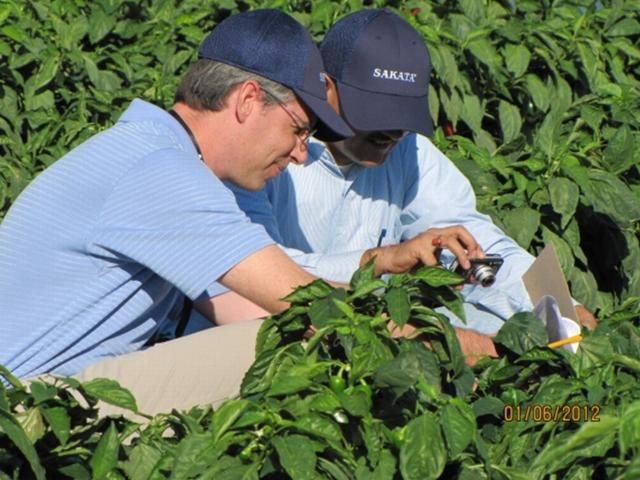
Credit: Gene McAvoy
A Good Variety Will Provide the Best Blend Of:
- Horticultural traits desired by the market
- Maturity needed to match the cropping season, supply the market, and reduce the risk of weather-related crop failure
- High marketable yield potential
- Dependable resistance to diseases, insects, stress, and physiological disorders (e.g., blossom-end rot)
Selection Criteria
Production and market forces increasingly demand that growers establish identities in the marketplace, partly through supplying unique, high-quality products. For growers, changes in consumer preferences could mean an increased emphasis on using variety selection to distinguish themselves in the market. However, it is critical not to overlook these important selection factors:
Marketability
The harvested plant product must have characteristics desired by the packer, shipper, wholesaler, retailer, and consumer (Figure 4).
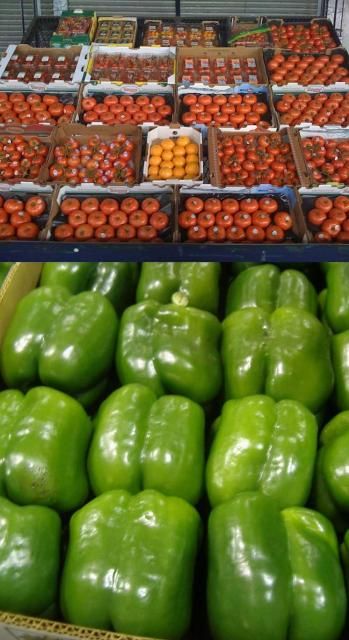
Credit: Monica Ozores-Hampton
In pepper, these qualities include pack-out, shelf life, shape (blockiness), number of lobes, color (both mature color and shade of green for immature fruit), size, firmness, pod wall thickness, and more recently, some markets are interested in nutritional quality and taste.
In tomato, the market seeks many of these same qualities, including color, shape, flavor, shoulder color, firmness, pack-out, shelf life, shipping, and ripening characteristics.
Horticultural Traits
The characteristics of the plant habit and architecture must be suitable for cultural and climatic conditions in the growing area, and the marketed product must be acceptable and uniform.
Yield
The variety being considered should have the potential to produce crops at least equivalent to those already grown. In many cases, harvested yield may be much less than potential yield due to marketing constraints.
Disease Resistance
The most economical and effective means of pest and disease management is through the use of varieties with genetic resistance or tolerance.
Adaptability
Successful varieties must perform well under the wide range of environmental conditions encountered in Florida.
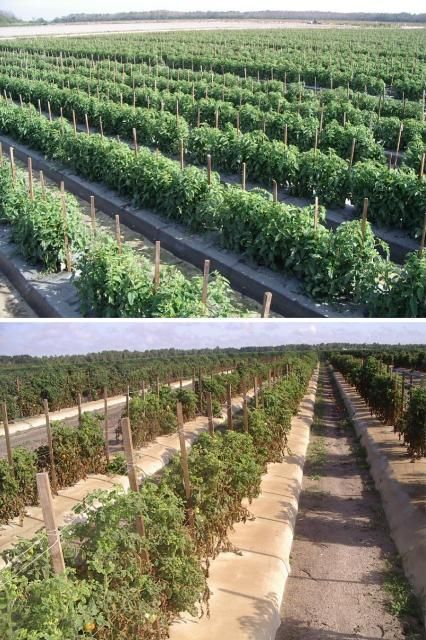
Credit: Monica Ozores-Hampton
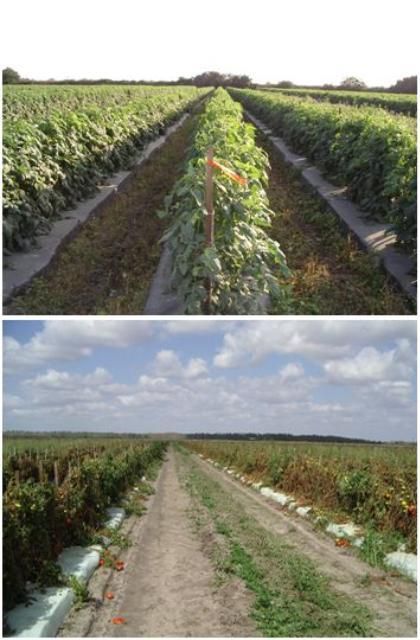
Credit: Monica Ozores-Hampton
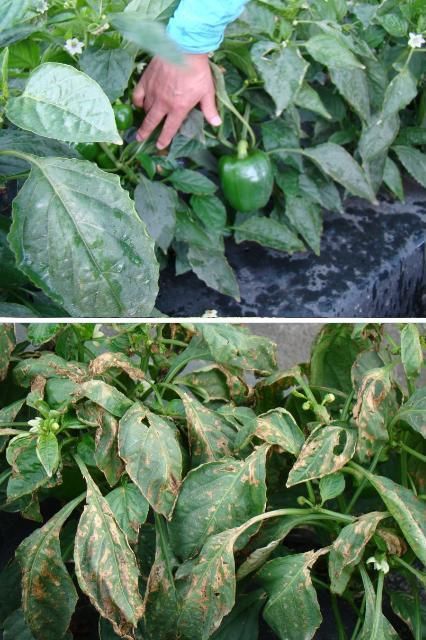
Credit: Gene McAvoy